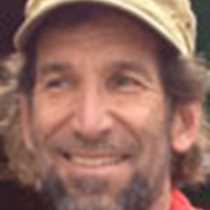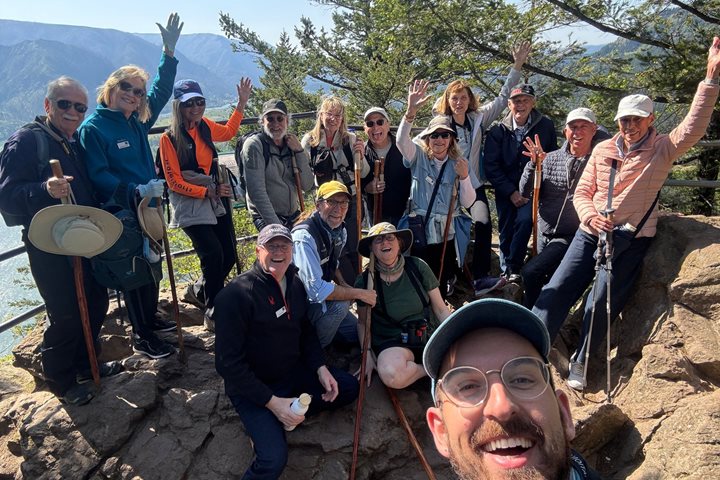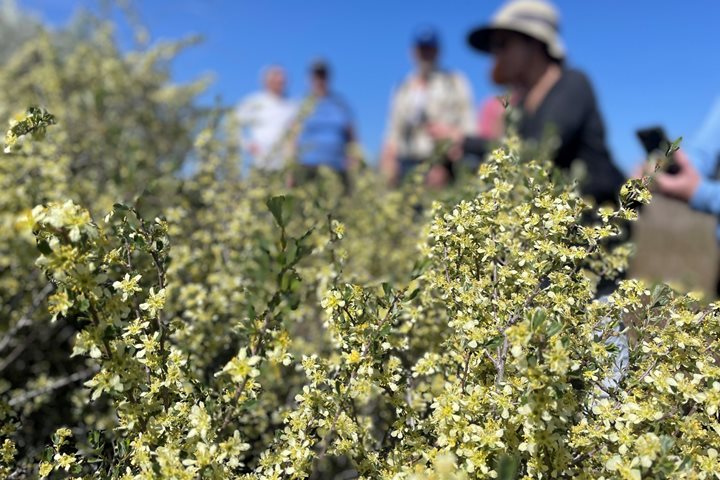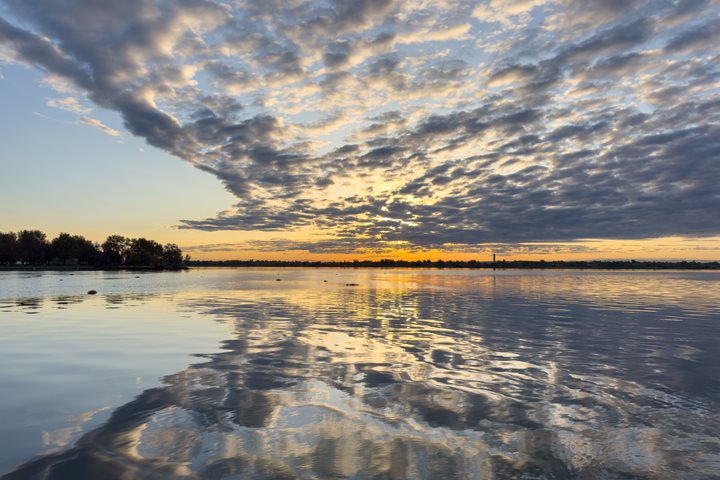The sun rose in a nearly cloudless sky to find National Geographic Sea Bird at anchor beside Crow Butte Island. Overnight, we had passed through the lower Snake River and into the Columbia, “the Great River of the West.” This middle section of the Columbia was a major crossroads of fishing and trade for the people who lived here, even thousands of years before Lewis and Clark and the Corps of Discovery passed through. Uplands such as Crow Butte were sacred areas to the local Umatilla tribe, and with their blessing, it is now protected as a park and campground. After morning hikes in the park, we continued our downriver journey alongside layered cliffs of basalt, dry grassland hills, and irrigated orchards and vineyards. This is a major transportation corridor to the West Coast with road, rail, and barge traffic. We dropped nearly 200 feet through dam/locks until we were less than 100 feet above sea level as we anchored opposite The Dalles, Oregon.
4/24/2025
Read
National Geographic Sea Bird
Hood River
Unseasonably warm and dry weather continued to grace us as we proceeded with our expedition down the Columbia River. The morning was crisp as we disembarked in Hood River, Oregon, but quickly warmed up as we boarded our coaches. Our explorations began at Multnomah Falls, the number one tourist attraction in the state of Oregon. After we experienced this astounding cascade, some of our guests proceeded to Beacon Rock for a scenic climb up this 800-foot tall, aged lava plug. Others went to the Bonneville Fish Hatchery where we visited a local icon, Herman the sturgeon. Then both groups of explorers met at the Columbia Gorge Interpretative Center for Syncline wines and an overflowing helping of intriguing local history. As the superb weather continued, we voyaged back to National Geographic Sea Bird for a lovely afternoon of classic cruising down the Columbia River. Guests enjoyed the sun on deck or an engaging presentation on how climate change is affecting migratory birds. Complimentary water-level views of Multnomah Falls followed, and our last transit through a lock of this trip – a lovely passage through the Bonneville Lock and Dam. Photos by Doug Crispin and Alex Rubenstein







